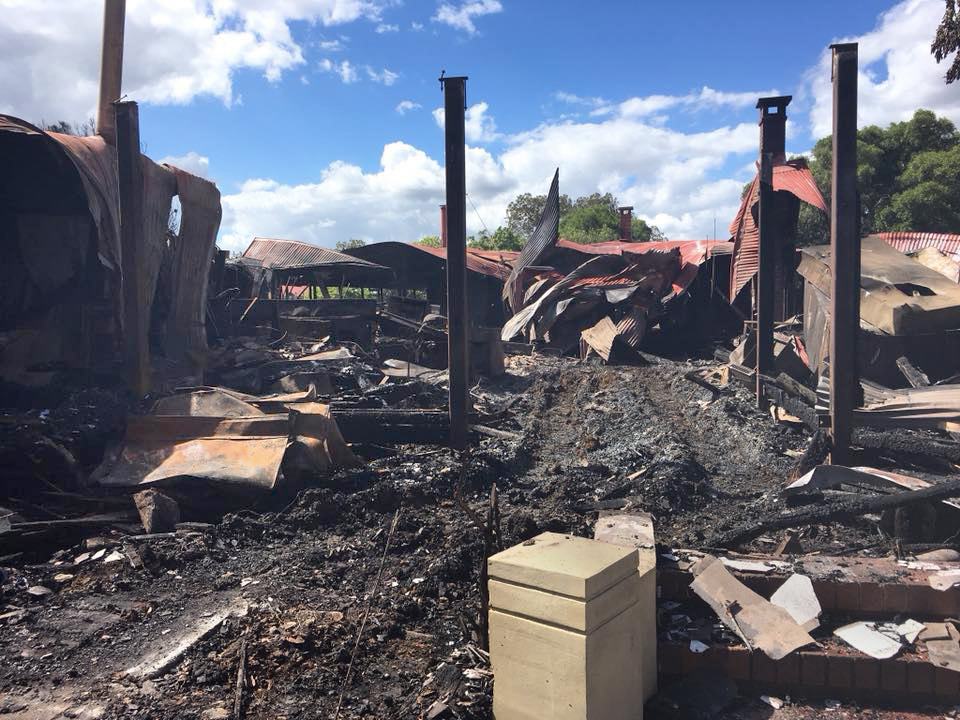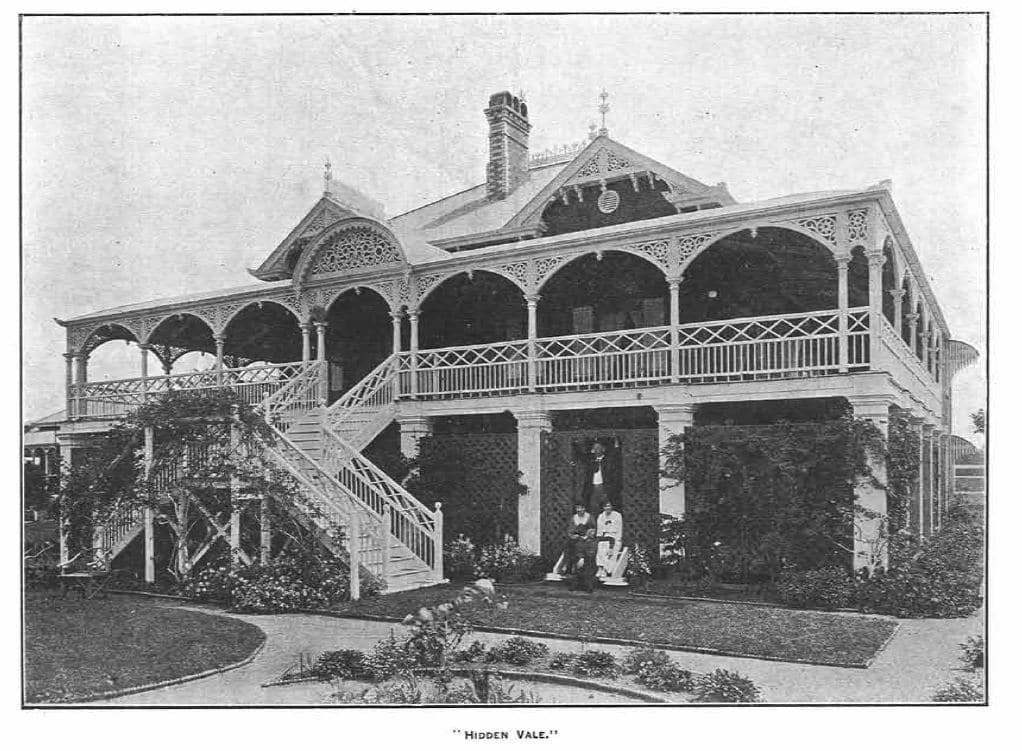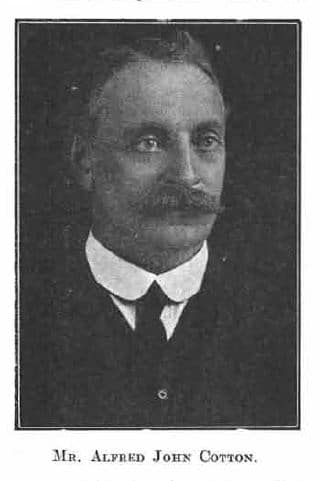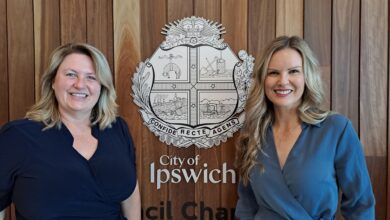Video courtesy of Channel 9
A fire has destroyed the historical homestead and restaurant at Spicers Hidden Vale.

Image courtesy of Facebook
In a case of history repeating, this is the second time the homestead has burned down after the original one was destroyed by fire in 1919.
Spicers Retreats marketing director Kira Klein says they are devastated to lose the homestead.
“It’s very sad to have history repeat 99 years later.”
The fire was believed to have started in the roof while a wedding ceremony was taking place in the garden.
According to the Spicers Hidden Vale Facebook page, the destroyed building will be rebuilt as soon as possible.
‘In true Spicers spirit we will rebuild and make the experience better than ever.’ Ms Klein said.
The retreat will be closed until 22 April and will reopen from 23 April.
Homage Restaurant will reopen for external guests on 1 May.
Spicers Hidden Vale is a sprawling retreat that offers guest accommodation, conference facilities, day spa, infinity pool, mountain bike trails, and animal nursery, among 12 000 acres of bush at Grandchester. It is owned by Flight Centre founder Graham and Jude Turner.
The retreat is a place of cultural heritage significance and demonstrates many of the typical elements of a working cattle property.
It also has a fascinating history.
Mt Walker West resident Mick Ruhland was interviewed by Ipswich historian Robyn Buchanan in 1997.
He recalled an incident in in 1930’s involving the Light Horse and the Hidden Vale property.
The soldiers would fire 12 pound cannons at the Little Liverpool Range.
“They’d get over there onto the ridges and they’d dig the guns in. Had to trench them in so that they wouldn’t buck away when they fired,” Mr Ruhland said.
“They had a premature landing one day, blew up a cattle dip. It belonged to Hidden Vale. I suppose they were compensated, it wanted blowing up anyway, it was old.”
The Brisbane Courier Saturday 16 August 1919 reported:
Mr A. J. Cotton’s handsome two-storied (sic) residence at Hidden Vale station was completely demolished by fire last evening.
Practically nothing was saved, the fire having a strong hold in the upper story of the building when discovered.
The residents were sitting in the dining room at the time and the first intimation they received was the sound of breaking glass upstairs.
The National Library of Australia (Trove)

Hidden Vale circa 1900. Image courtesy of espace.library.uq.edu.au. The history of Queensland : its people and industries : an historical and commercial review descriptive and biographical facts, figures and illustrations : an epitome of progress. By Matthew Fox, published in 1923.
Old Hidden Vale was once part of historic Franklin Vale and was taken up in 1871 by John Jost who used it for breeding cattle, sheep and race horses.
In 1900, it was sold to the flamboyant Alfred Cotton. He became a seaman at the age of 19 and spent six years sailing between Hong Kong and the West Indies.
He then spent the next eight years in the Australian outback and later wrote his autobiography “With the Big Herds in Australia” detailing his experiences as an adventurer, drover and gambler.
He settled down on Old Hidden Vale and built a two-storey homestead. This fine house burned down in 1919, it was replaced in 1921 by the current single-storey building.
One of his sons was Sidney Cotton.
He is described in the Australian dictionary of Biography as an ‘Unconventional individualist. Somewhat arrogant, he was also a man of considerable courage and energy, with a sharp mind and a flair for improvisation.’

Council tourism spokesman Councillor David Pahlke reveals the link between the Hidden Vale property and the world’s most famous spy, James Bond.
“James Fleming, who wrote James Bond, based the famous character on Sidney Cotton who was Australia’s only spy in Europe before the Second World War and Hidden Vale’s homestead was where he grew up,”
“Cotton worked for MI6 photographing German factories and military installations using a hidden camera from the plane’s fuselage and was also a close friend of Fleming during the war.” Cr Pahlke said.
In 1929, Hidden Vale was sold to the Day family. They renamed the property Sutton Royal. In 1938 the late Murdo Mackenzie bought Sutton Royal. It became known, sometime after this, as Old Hidden Vale.
According to The Moreton Shire Queensland Discovery and Settlement written by Joan Starr, after the fire the house was extended from the original kitchen, toward the fowlyard at the rear.
‘The resultant building was a massive and inconvenient 190 feet long. Murdo Mackenzie’s wife Lila considered it was too difficult to care for so she had it pulled down and rebuilt with the front section over the original site. The Mackenzie family moved in the night the Second World War was declared.’


1
2